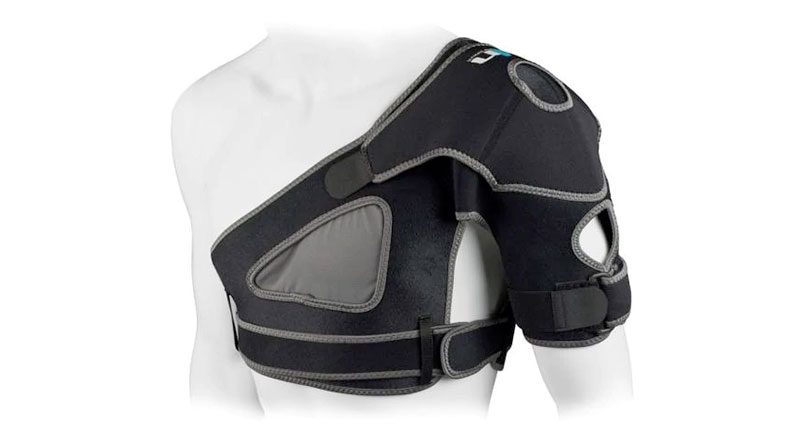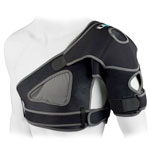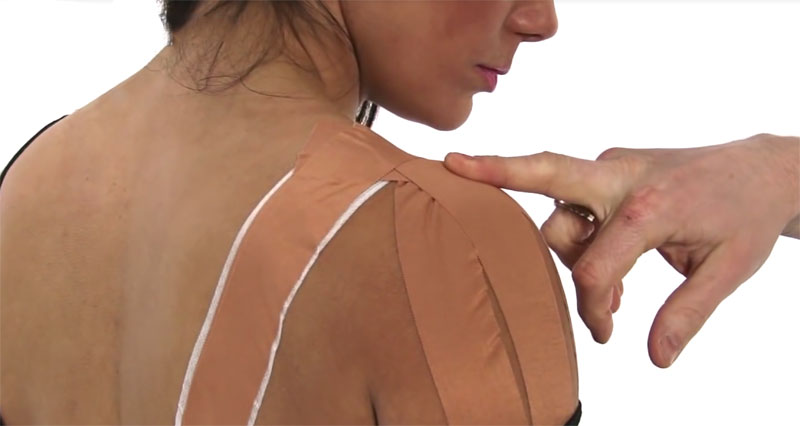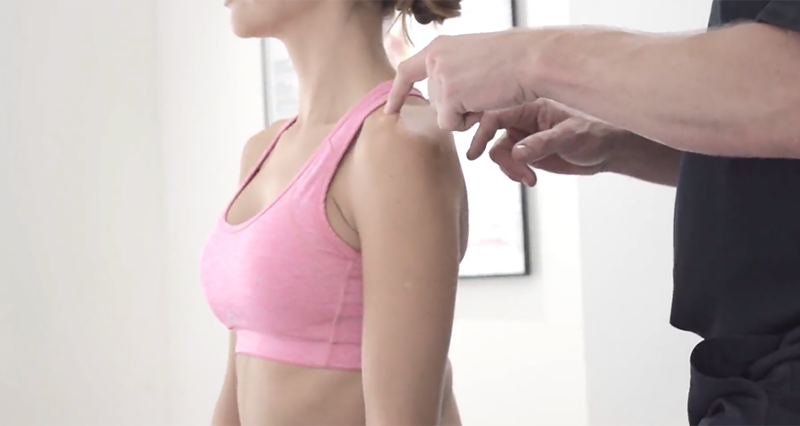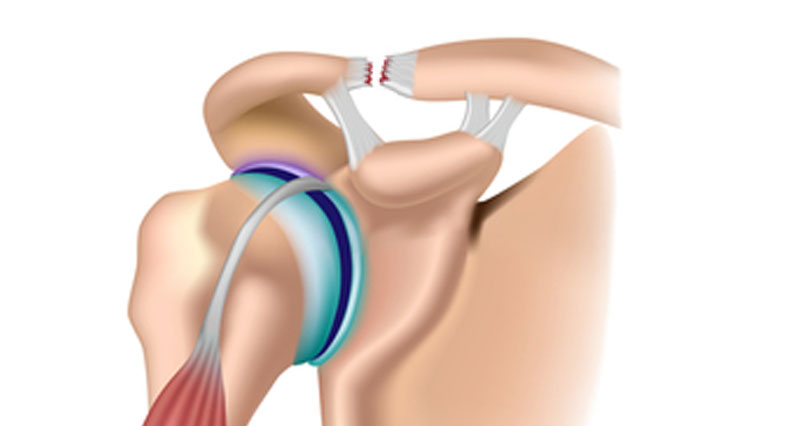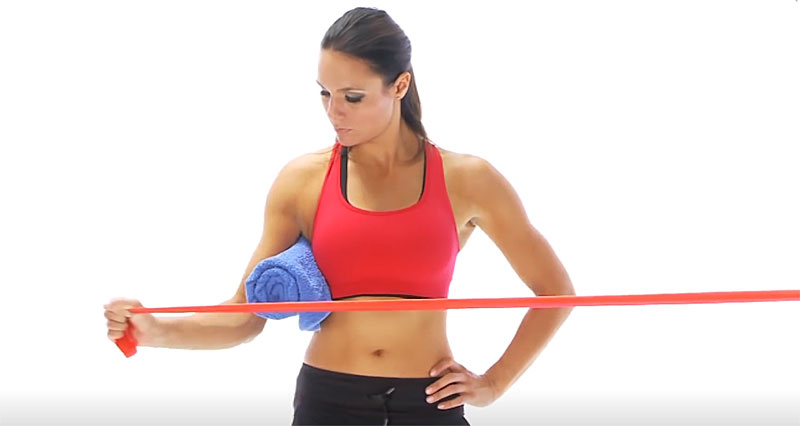The shoulder joint has a huge range of movement compared with the hip for example. As a result, it is easily injured. Wearing a shoulder support helps restrict movement whilst healing, retains body heat and gives the wearer confidence.
What should you look for in a support for your shoulder and which injuries can they help with?
AC joint sprain

Acromioclavicular joint sprain is a tear of the acromioclavicular ligament at the top of the shoulder joint. It is often injured from falling onto an outstretched arm.
A shoulder support with additional straps is ideal for restricting movement and applying downwards pressure to the joint. This is important for preventing your shoulder from healing with a deformity or bump on the top. It is also great when used for keeping a cold gel pack in place.
Rotator cuff injuries
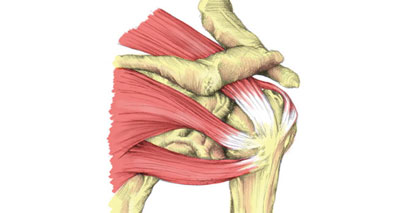
The rotator cuff consists of 4 muscles which are important for rotating the shoulder joint.
Depending on how bad your injury is, you will need a certain amount of support to restrict unwanted movement in the early stages. However, once the initial acute phase is over, heat retention from a basic neoprene shoulder support will help your rotator cuff heal.
The neoprene retains your body’s heat. As a result blood flow is increased which aids the healing process.
Dislocated shoulder
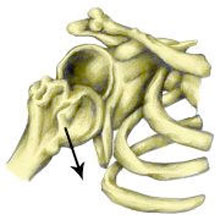
If you have a shoulder dislocation then seek medical attention as soon as possible. Do not attempt to reduce (relocate) the joint back into its socket yourself.
Once your shoulder has been reduced, it will be immobilised whilst it begins to heal. Initially this is likely to be in a sling. As you improve, a strong shoulder support/brace is ideal for protecting the joint.
Again, a shoulder brace with additional straps is the best option. It is especially important to have additional straps which run from the outside of the shoulder across the chest. This is to prevent your shoulder from turning outwards and upwards (external rotation and abduction) as this is the position it is most vulnerable and likely to dislocate again.
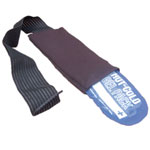
Cold Therapy Wraps
Other shoulder injuries
If you have a shoulder injury which needs resting or protecting whilst it heals then a shoulder support is a good idea. However, as the main function of a shoulder support is to restrict motion, don’t expect to wear one and go straight back to playing badminton pain free with overhead smash shots.
If your shoulder support allows this range of motion then it is not providing much support.
As soon as it is safe (pain free) to do so your shoulder needs shoulder mobility, strengthening and proprioception exercises. A shoulder support will not help with this.
